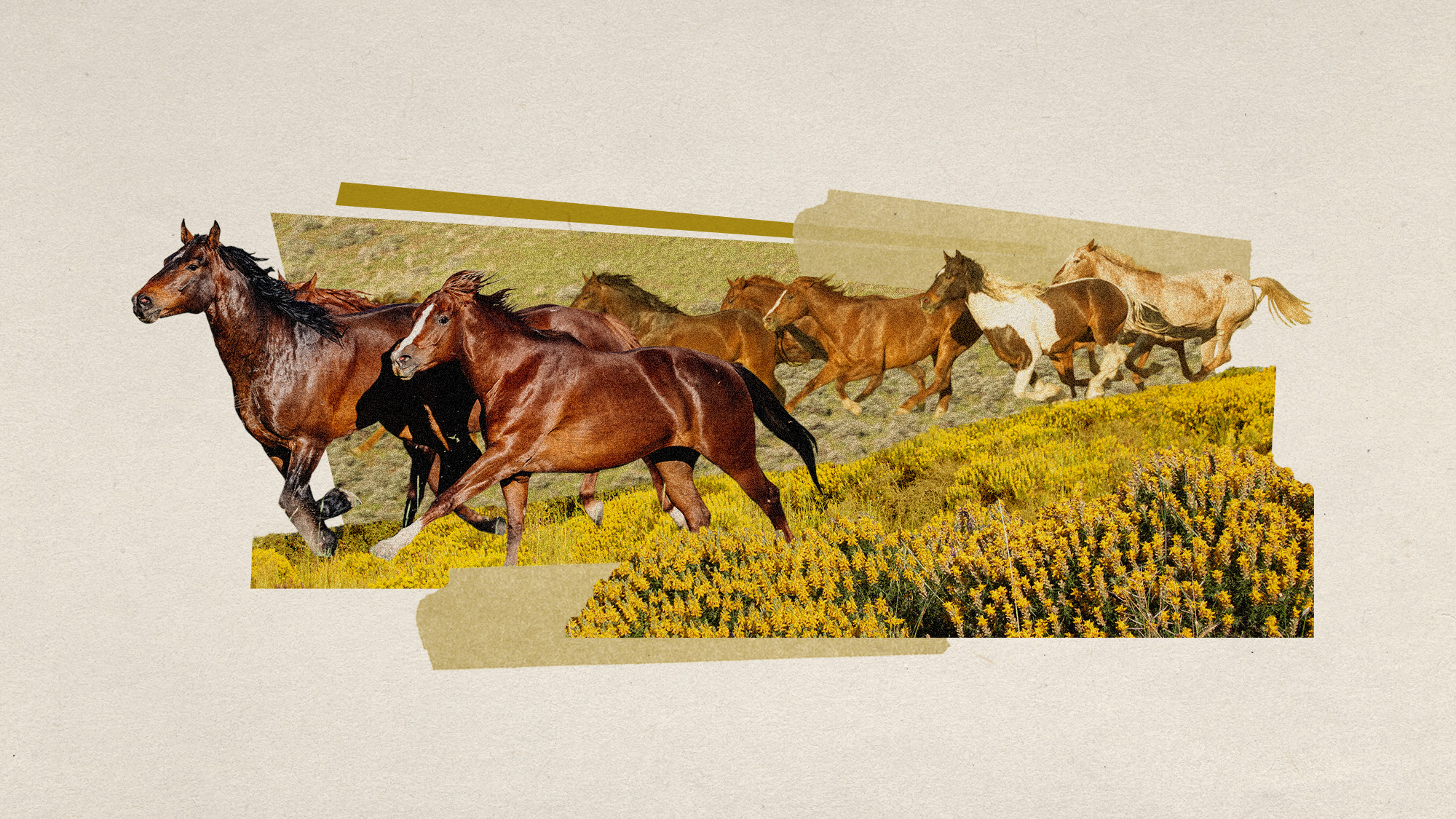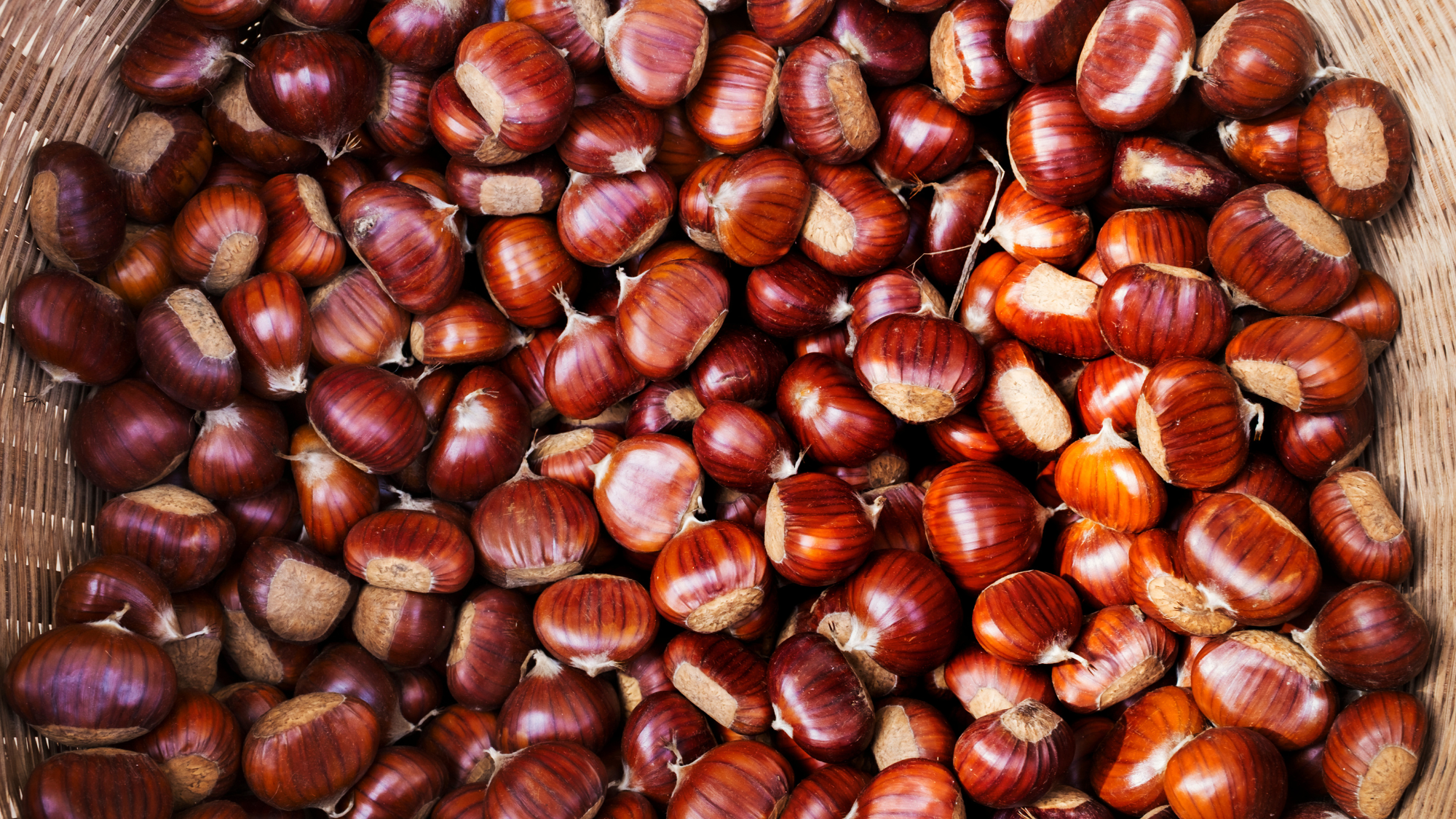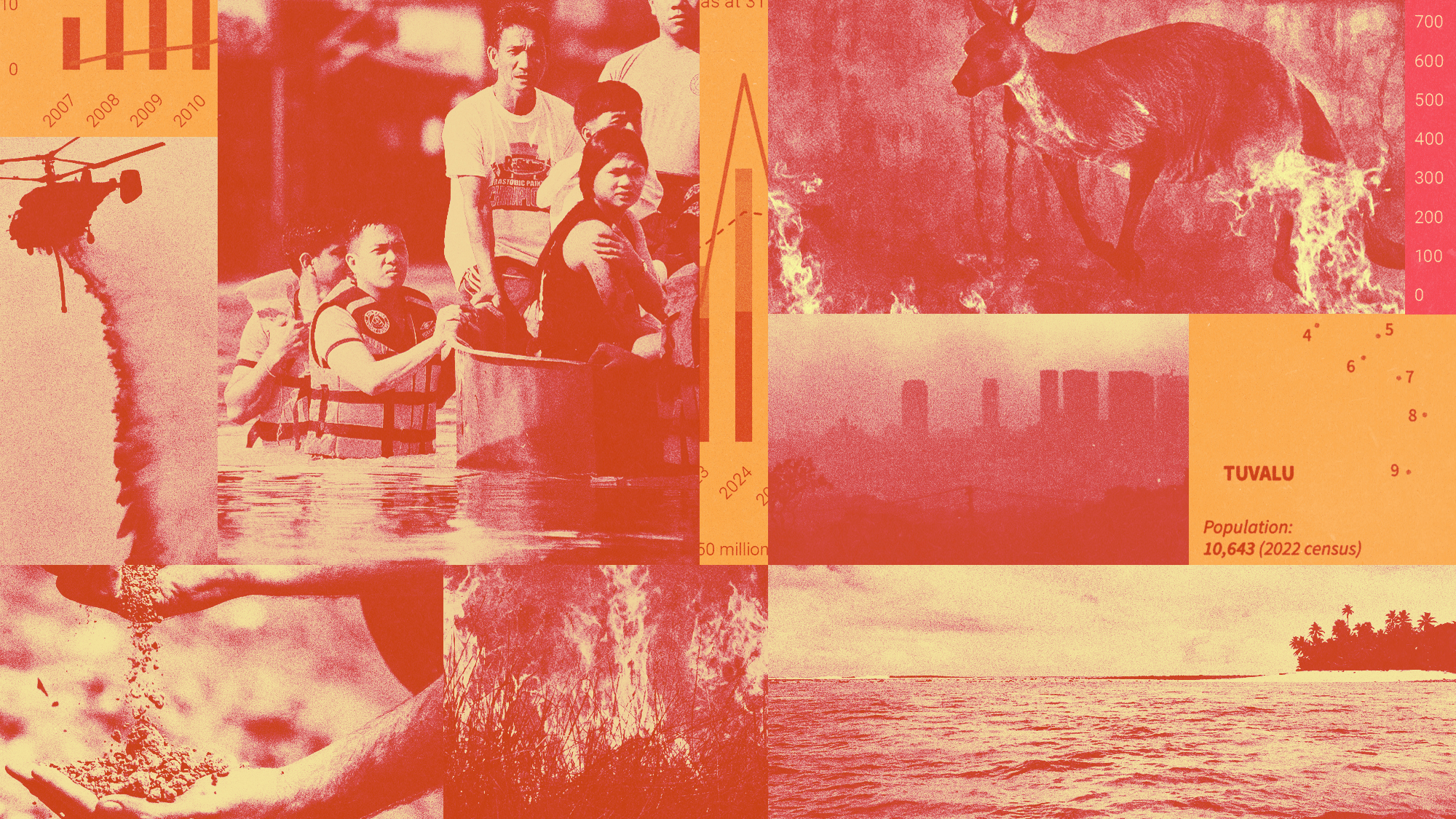How wild horses are preventing wildfires in Spain
The animals roam more than 5,700 hectares of public forest, reducing the volume of combustible vegetation in the landscape

Wild horses have become a new and unlikely defence against bush fires in the Iberian Highlands.
Recent summers have brought a rampage of wildfires to Europe but with the hottest months approaching again, ecologists hope that horses could play a significant role in reducing the risk.
Horses for gorse
In 2023, the conservation group Rewilding Spain introduced a herd of 10 horses to the Iberian Highlands. The rare horses, known as Przewalski’s, went extinct in the wild but were successfully reintroduced from European zoos.
The Week
Escape your echo chamber. Get the facts behind the news, plus analysis from multiple perspectives.

Sign up for The Week's Free Newsletters
From our morning news briefing to a weekly Good News Newsletter, get the best of The Week delivered directly to your inbox.
From our morning news briefing to a weekly Good News Newsletter, get the best of The Week delivered directly to your inbox.
The horses now roam around more than 5,700 hectares of public forest, reducing the volume of combustible vegetation in the landscape.
They feed on the yellow flowers of gorse – a highly combustible plant. By "selectively clearing" it, the horses "help prevent wildfires", said Laura Lagos, a researcher at the University of A Coruna, whose 2021 study found that wild horse grazing was the most effective method for preventing wildfires.
Other animals, including sheep and bison, can also help reduce wildfire risks through grazing, but wild horses are uniquely adapted to Galicia's rugged terrain and they have "moustaches that appear designed to protect their lips from the prickly gorse", Lagos told Al Jazeera.
Although the equine dectet won't change everything on their own, the Rewilding Spain team leader Pablo Schapira told Positive News that 10 is "a good number to start a new population" and he's "looking forward to seeing how the animals interact with the larger landscape".
A free daily email with the biggest news stories of the day – and the best features from TheWeek.com
Roaming history
For centuries, the Serrano horse was used for "threshing and other agricultural jobs", but "allowed to roam freely when not working", says Positive News.
But the history of wild horses in Galicia "dates back thousands of years" and rock carvings of horses being hunted by humans "suggest their presence in the region during the Neolithic period", said Al Jazeera.
In the 1970s, about 22,000 wild horses "roamed the region’s mountains, forests and heathlands", and the "growing risks" of climate change, habitat loss and "declining herd numbers" show the "urgent need" to protect both the horses and the ecosystems they sustain.
Meanwhile, bison, which have "indiscriminate eating habits", consume over 130 different plant species, "effectively clearing and rejuvenating the landscape" and helping to "prevent the undergrowth from becoming a potential fire hazard", said Euronews.
Chas Newkey-Burden has been part of The Week Digital team for more than a decade and a journalist for 25 years, starting out on the irreverent football weekly 90 Minutes, before moving to lifestyle magazines Loaded and Attitude. He was a columnist for The Big Issue and landed a world exclusive with David Beckham that became the weekly magazine’s bestselling issue. He now writes regularly for The Guardian, The Telegraph, The Independent, Metro, FourFourTwo and the i new site. He is also the author of a number of non-fiction books.
-
 How to make the most of chestnuts
How to make the most of chestnutsThe Week Recommends These versatile nuts have way more to offer than Nat King Cole ever let on
-
 Deaths for children under 5 have gone up for the first time this century
Deaths for children under 5 have gone up for the first time this centuryUnder the radar Poor funding is the culprit
-
 Codeword: December 22, 2025
Codeword: December 22, 2025The daily codeword puzzle from The Week
-
 Crest falling: Mount Rainier and 4 other mountains are losing height
Crest falling: Mount Rainier and 4 other mountains are losing heightUnder the radar Its peak elevation is approximately 20 feet lower than it once was
-
 Death toll from Southeast Asia storms tops 1,000
Death toll from Southeast Asia storms tops 1,000speed read Catastrophic floods and landslides have struck Sri Lanka, Indonesia, Thailand and Malaysia
-
 Can for-profit geoengineering put a pause on climate change?
Can for-profit geoengineering put a pause on climate change?In the Spotlight Stardust Solutions wants to dim the sun. Scientists are worried.
-
 How will climate change affect the UK?
How will climate change affect the UK?The Explainer Met Office projections show the UK getting substantially warmer and wetter – with more extreme weather events
-
 Can the UK do more on climate change?
Can the UK do more on climate change?Today's Big Question Labour has shown leadership in the face of fraying international consensus, but must show the public their green mission is ‘a net benefit, not a net cost’
-
 Did Cop30 fulfil its promise to Indigenous Brazilians?
Did Cop30 fulfil its promise to Indigenous Brazilians?Today’s Big Question Brazilian president approves 10 new protected territories, following ‘unprecedented’ Indigenous presence at conference, both as delegates and protesters
-
 Can the world adapt to climate change?
Can the world adapt to climate change?Today's Big Question As the world gets hotter, COP30 leaders consider resilience efforts
-
 Taps could run dry in drought-stricken Tehran
Taps could run dry in drought-stricken TehranUnder the Radar President warns that unless rationing eases water crisis, citizens may have to evacuate the capital